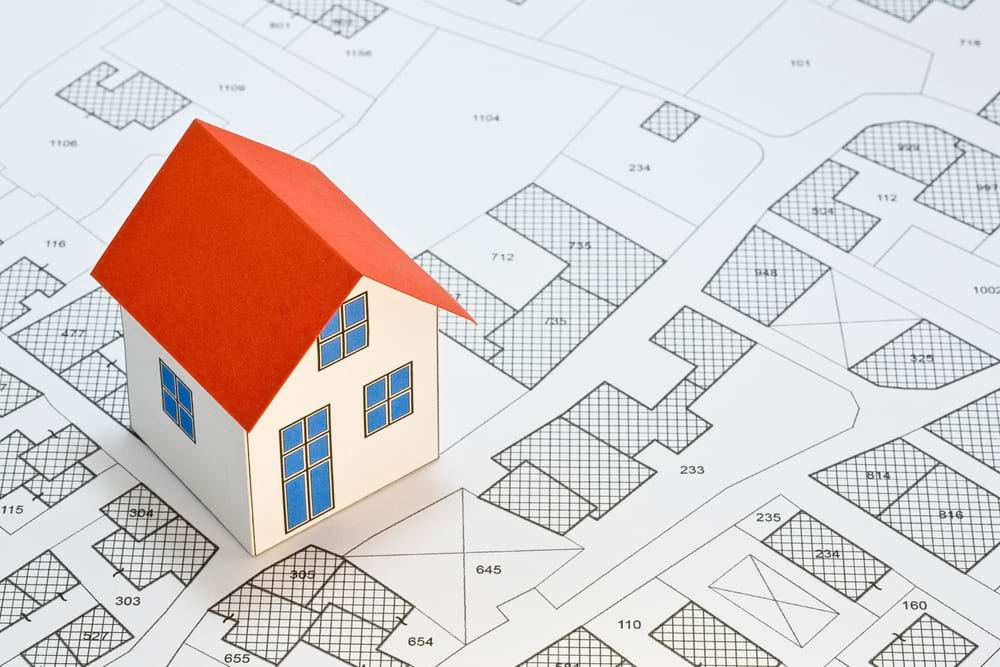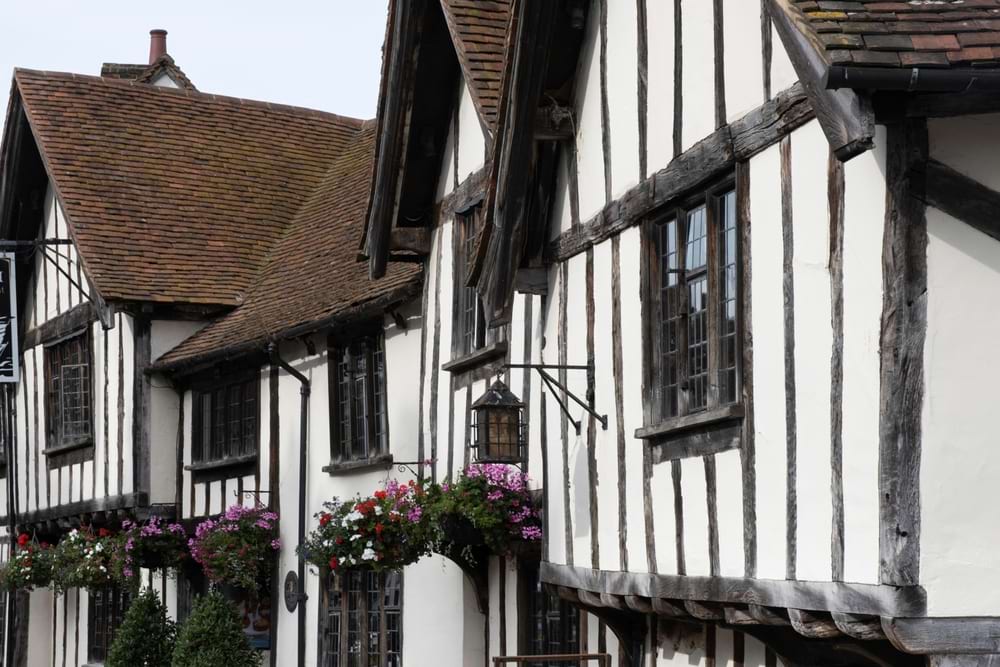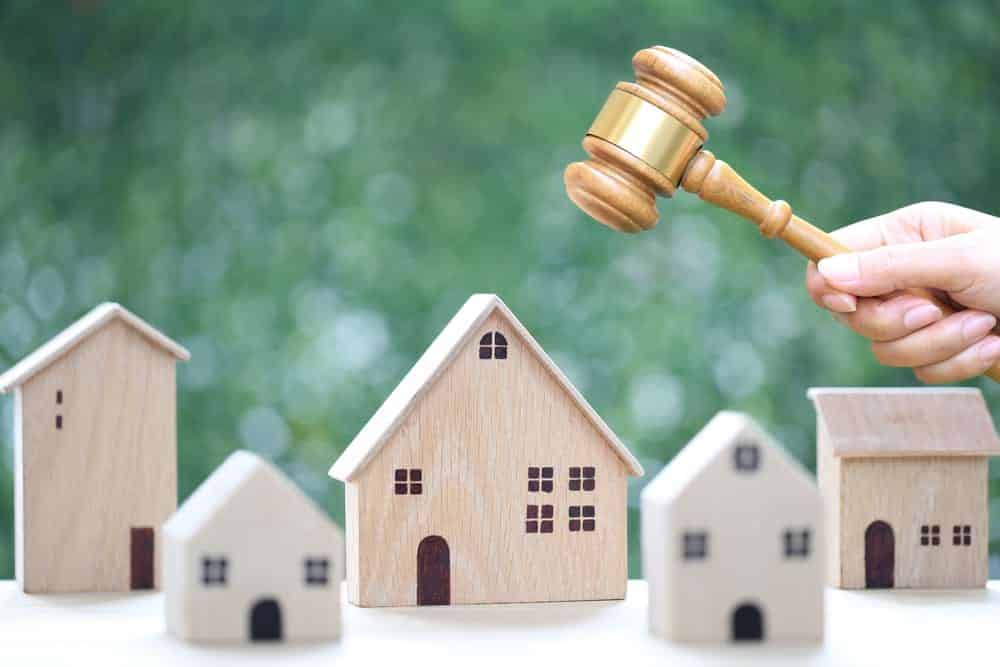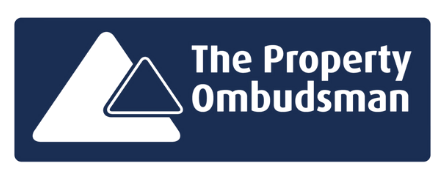Local councils and authorities need clear data.
It helps to distinguish between the thousands of new properties built each year.
That’s where the Unique Property Reference Number (UPRN) comes in.
But what exactly is it? And how can you find your property’s one?
Read on to find out.
What is a Unique Property Reference Number (UPRN)?
Unique Property Reference Numbers (UPRNs) are 12-digit geocodes local councils assign to some UK properties.
The Ordnance Survey (OS) introduced them in the late 1990s, and local authorities have widely adopted them since then. Today, over 42.8 million UPRNs are in use across the UK.
They provide clarity to local councils, ensuring houses don’t get confused with one another. This is useful for issues surrounding:
- Planning permission, demolition, and street naming
- Data integration and sharing
- Service provision
- Spatial planning and analysis.
An extra benefit is that personal data (such as names) isn’t required to make it usable.
UPRNs are still relatively new and unknown. But some experts predict they will become essential in future decades.
UPRNs vs. Council Tax Reference Number
The main differences between UPRNs and Council Tax Reference Numbers are:
- Allocation: UPRNs are allocated by the Ordnance Survey and local authorities. Council Tax Reference Numbers are allocated by the local council.
- Purpose: UPRNs help manage data that is useful for multiple purposes. Council Tax Reference Numbers are specifically for managing Council Tax bills and payments.
UPRNs vs land registry title numbers
UPRNs have some similarities with HM Land Registry’s assigned title numbers.
However, unlike the latter, UPRNs are not as widely used or included in the title documents when a property is sold.
They are also primarily for internal use by councils and emergency services. Title numbers are part of public record and primarily used by property buyers, sellers, and professionals.
Other types of unique identifying data
Local councils also use other types of data for location identification, including:
- Unique Street Reference Numbers: Similar to UPRNs, except assigned to streets rather than houses
- Topographic Identifiers: Unique references assigned by the Ordnance Survey to identify topographical features. Local authorities use this occasionally, too.
When might I need my UPRN?
The unique property reference number isn’t only useful for your local council.
There are times when you (the homeowner) might want this information, too.
For companies
Companies working in your area might ask for your unique property reference number.
For example, utility companies providing broadband, water, electricity or gas. They want to distinguish between one house and another.
For buyers
Buyers could ask for a unique property reference number when you sell your house. You might choose to include it in your Zoopla or Rightmove listing.
For emergency services
Emergency services find a UPRN helpful to identify your house. It ensures they get to you in the fastest possible time.
What do UPRNs distinguish between?
UPRNs are beneficial if there are other landmarks close to your house that people occasionally get confused with.
A common example is if there’s a bus stop directly out your house, or an electricity substation.
Your UPRN also identifies a specific flat in a block of flats.
It can be helpful in issues around land ownership and property boundaries.
How do I find my UPRN?
You can find it using the FindMyAddress website, where local authorities upload data.
It’s centrally managed by GeoPlace and published by Ordnance Survey as AddressBase.
Energy Performance Certificates (EPCs) often include your unique property reference number. If you’ve got the certificate recently, check to see if it’s on there.
Can my UPRN ever change?
No. Your unique property reference number will not change for the entire property life.
The only possible exception is when a building is demolished and replaced with another one.
Do I need to know my UPRN to sell my house?
No. The concept of a unique property reference number is still quite new.
It’s not commonly used in many parts of the UK housing industry, and thus isn’t essential when selling your house.



















